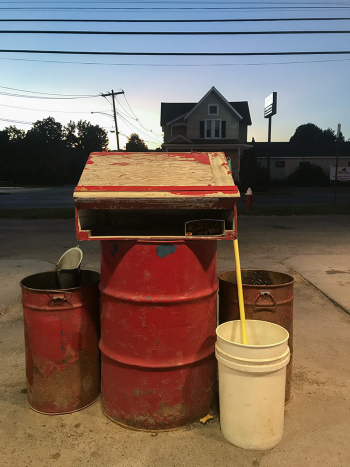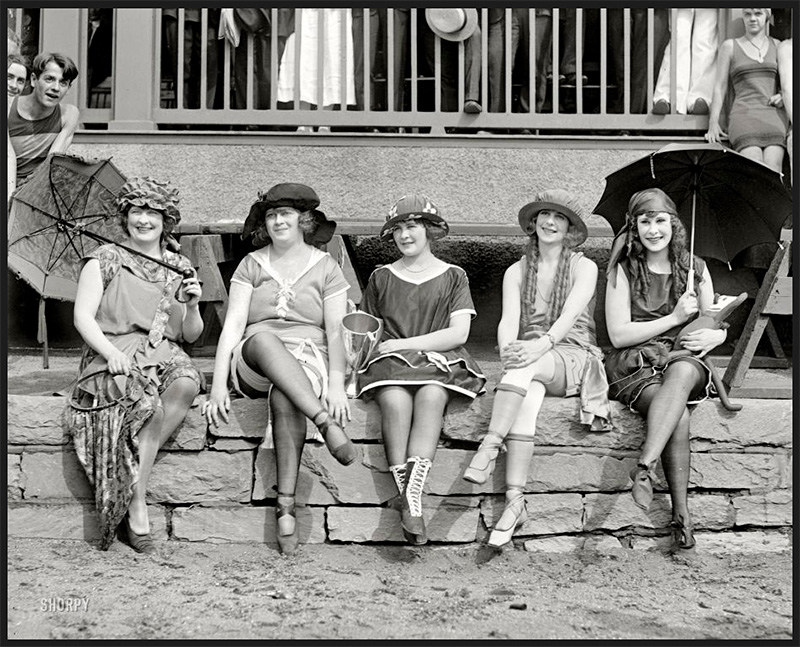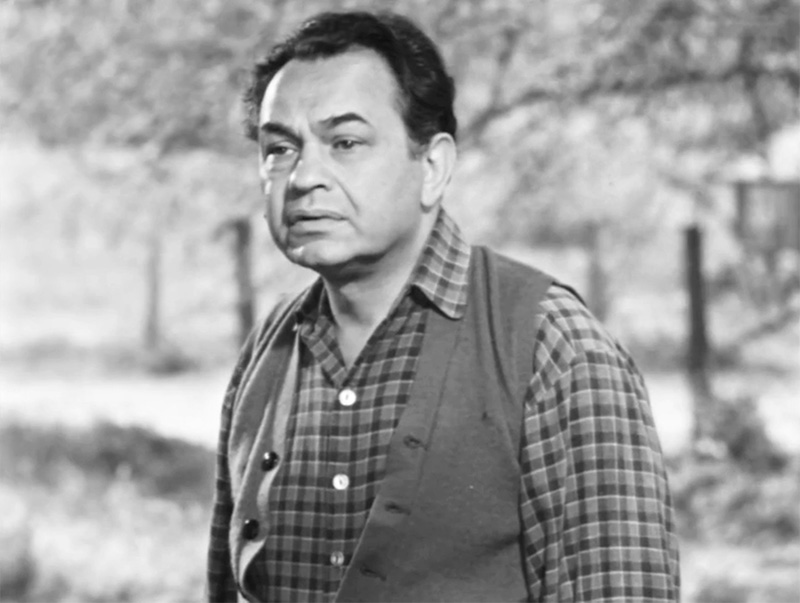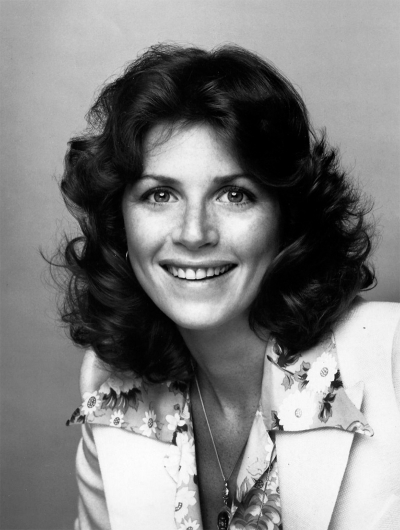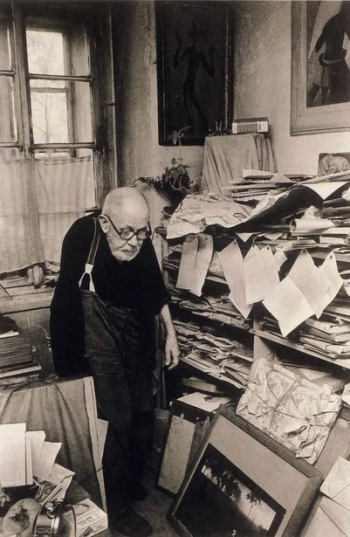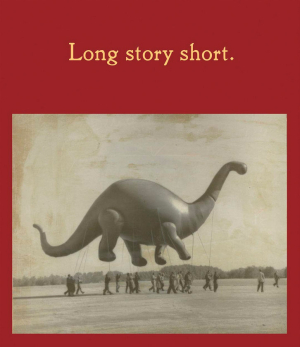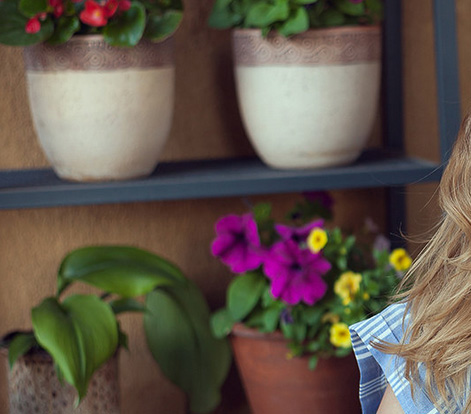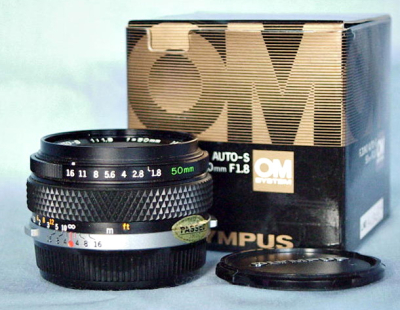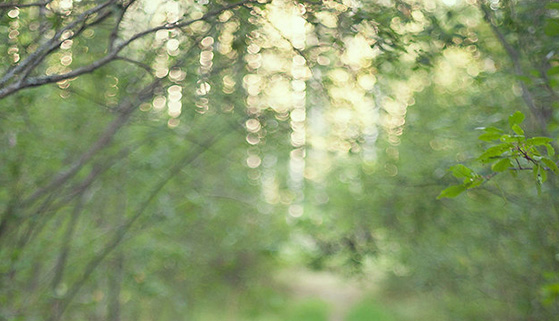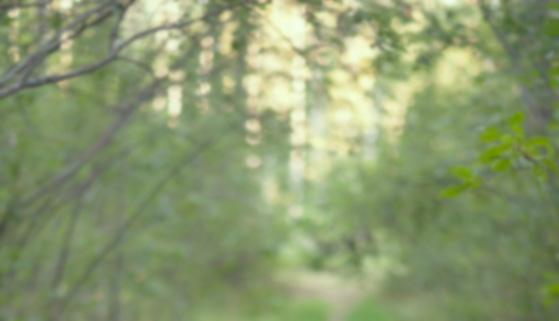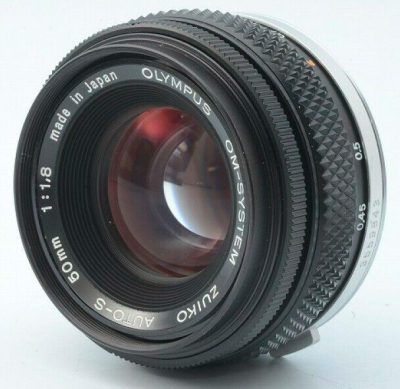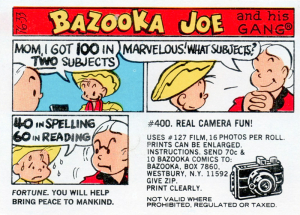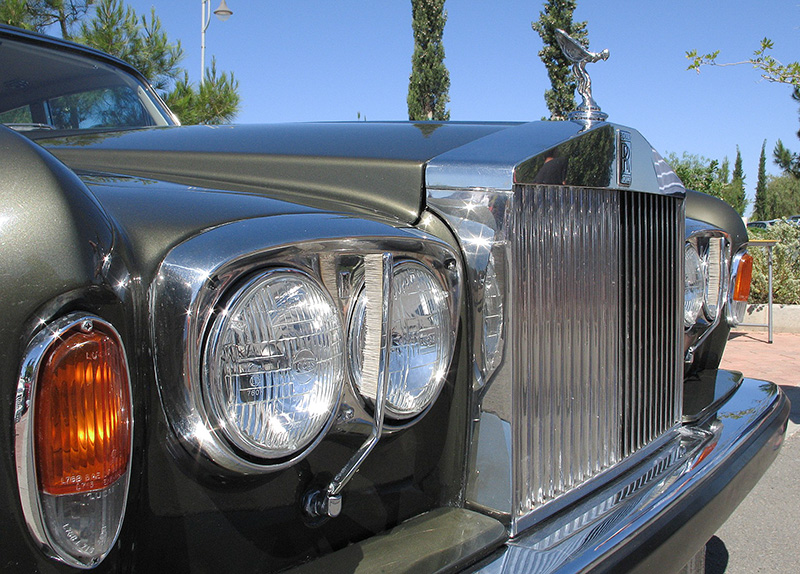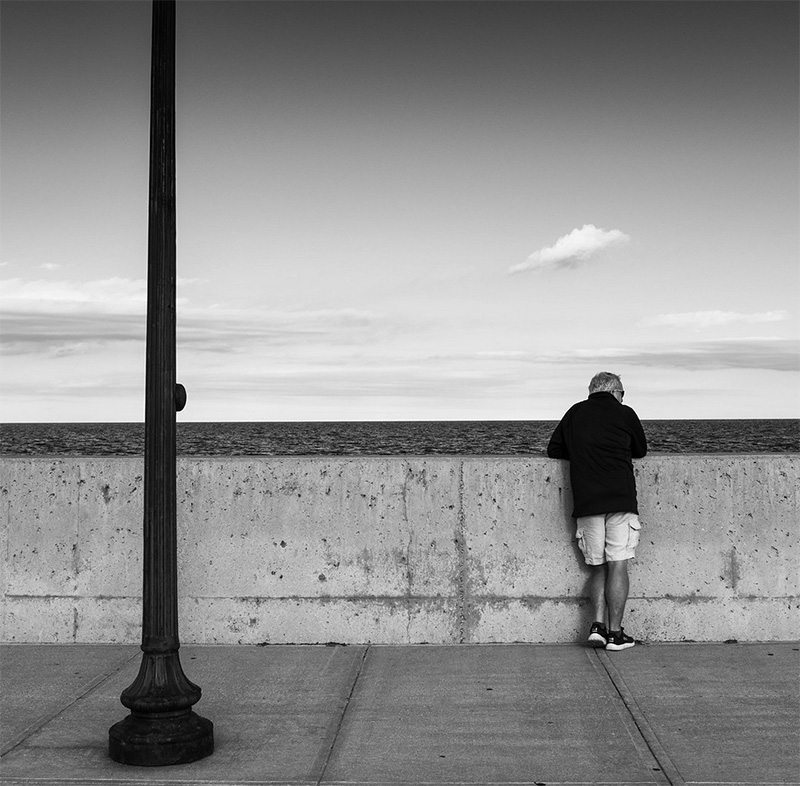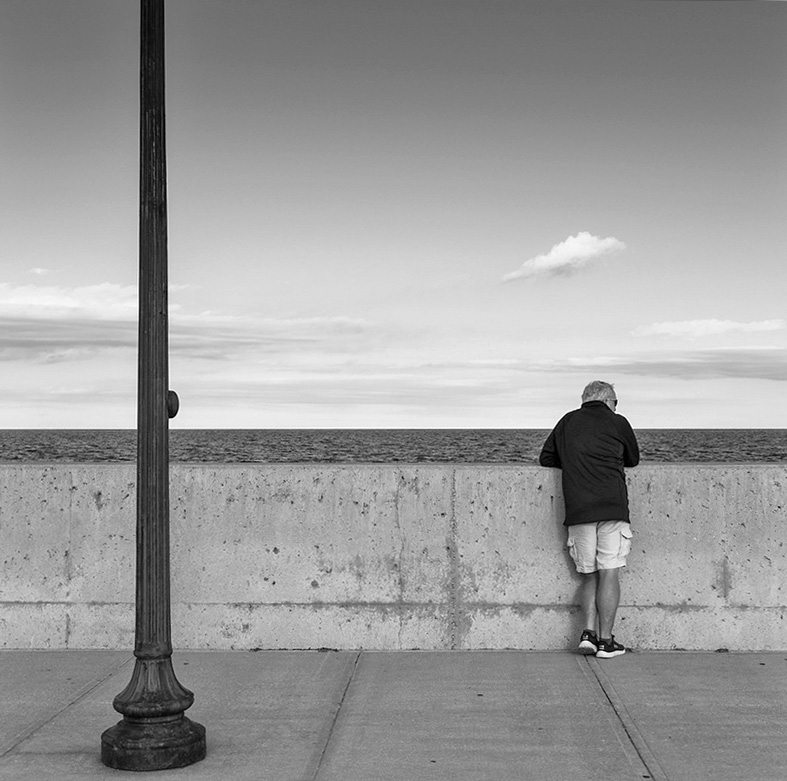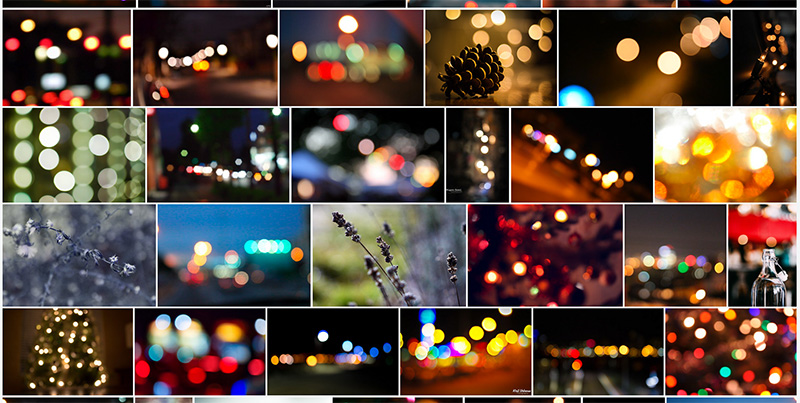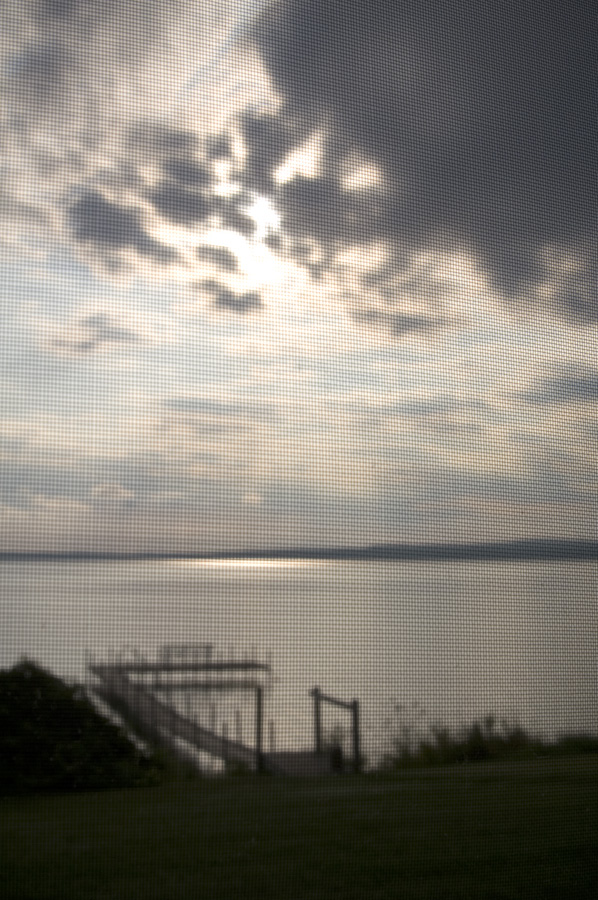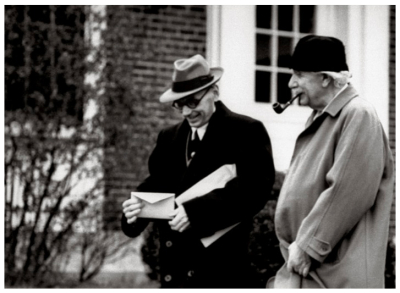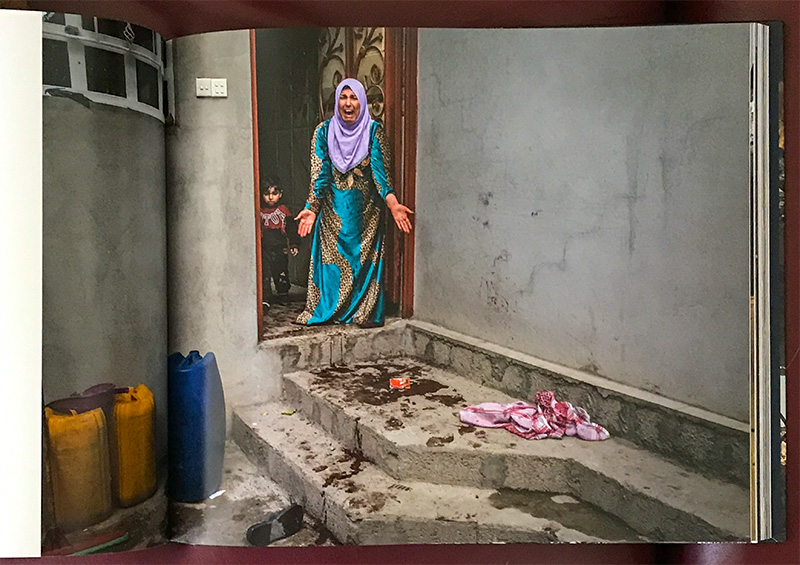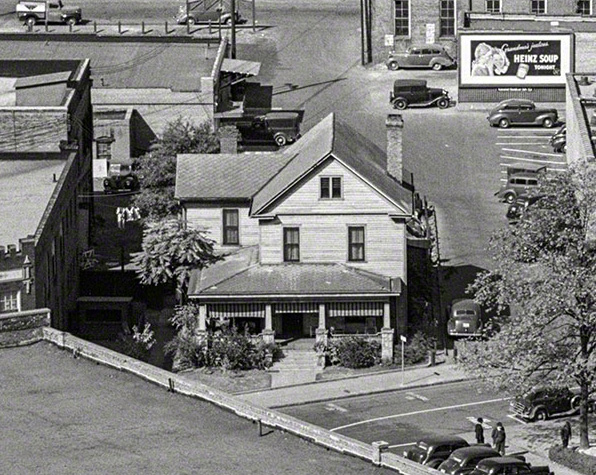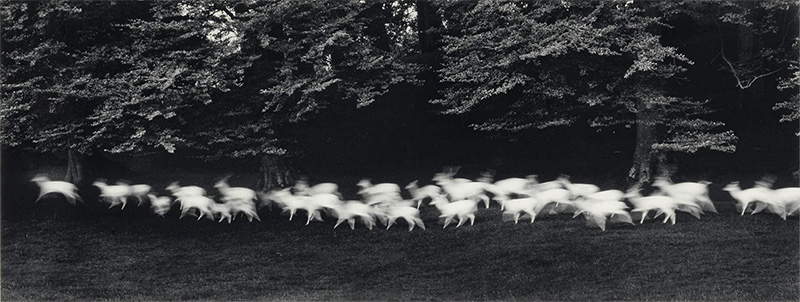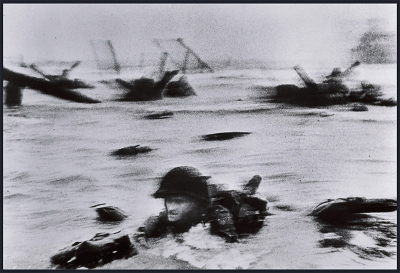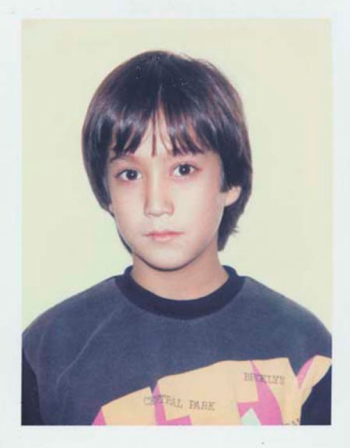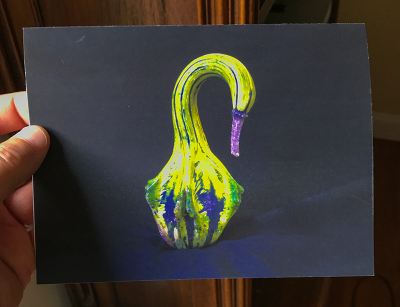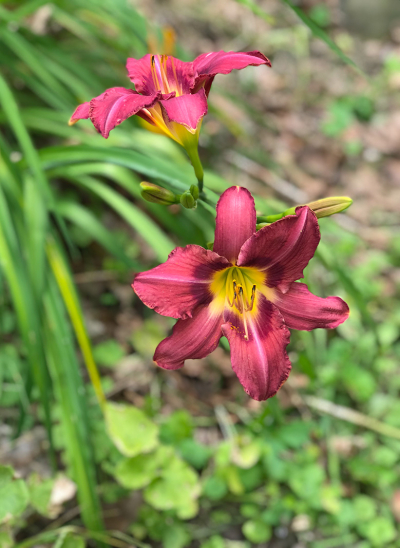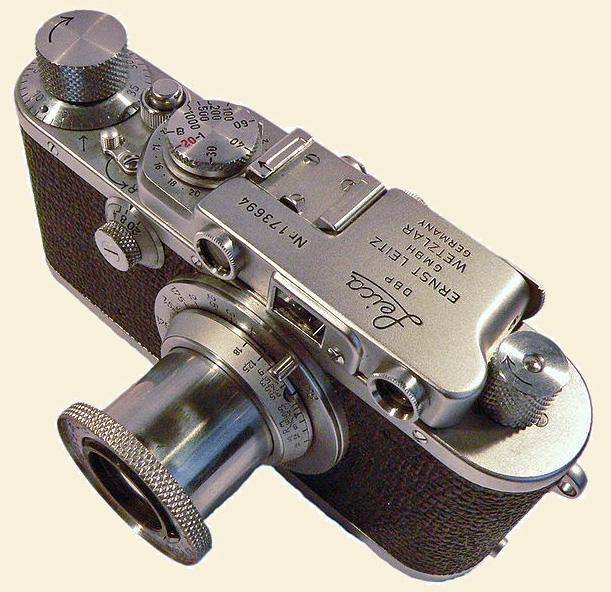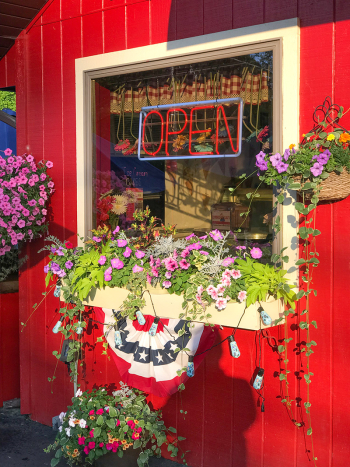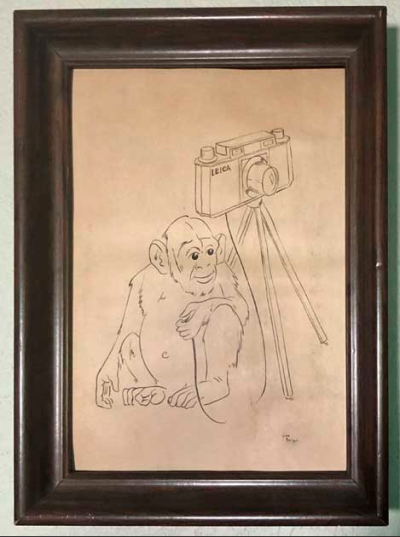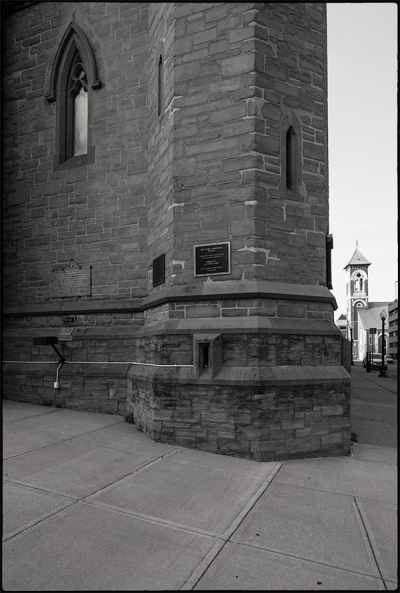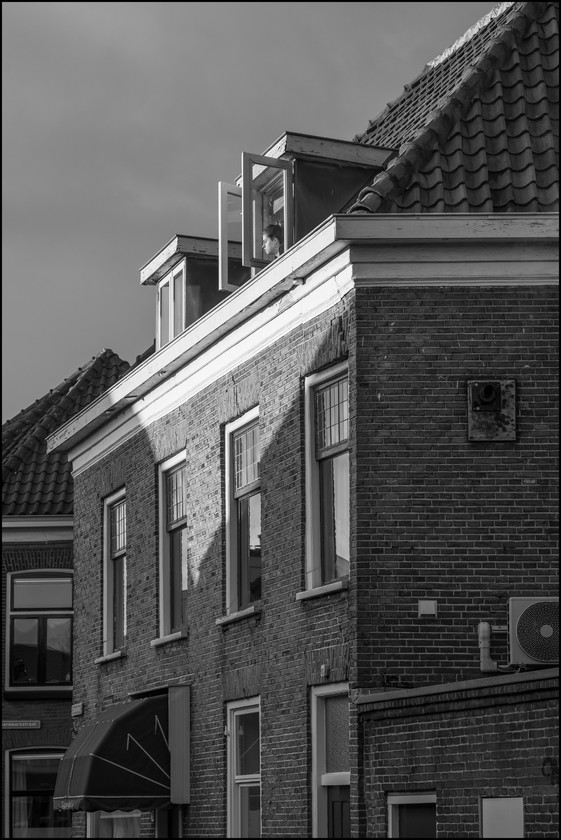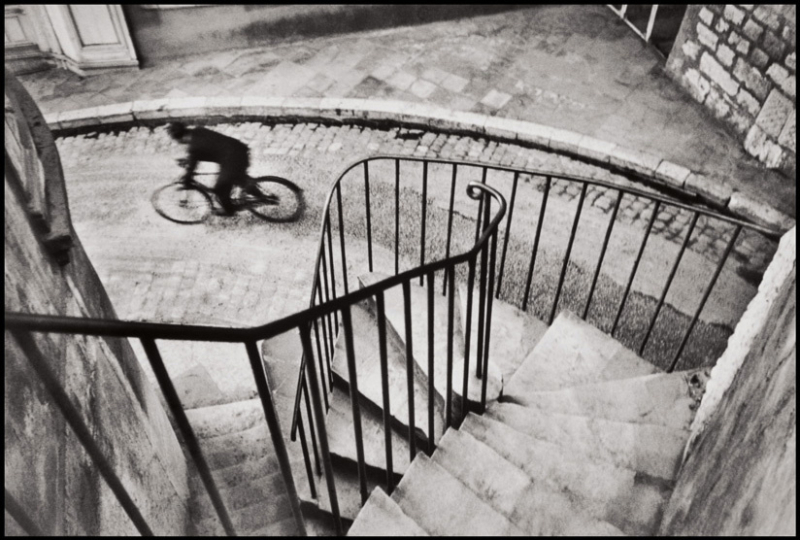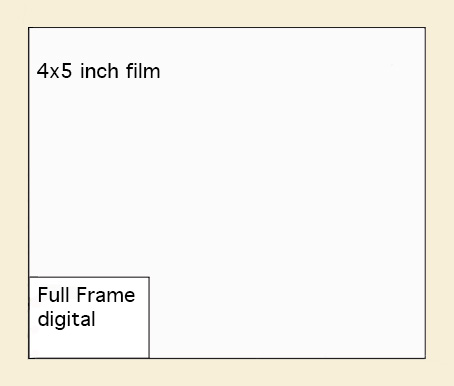 It was kind of Joe Kashi, from Alaska, to share his Nagaoka with us. For those in the balcony, Nagaokas were always relatively rare; Tachiharas and Wistas were far more common as sort of the "standard" Japanese 4x5s of the view camera revival period. I hope Oren will correct me if I'm wrong. There were others—Horseman made one, I seem to recall—but those two, the Tachihara and Wista, were the Toyota and Honda.
It was kind of Joe Kashi, from Alaska, to share his Nagaoka with us. For those in the balcony, Nagaokas were always relatively rare; Tachiharas and Wistas were far more common as sort of the "standard" Japanese 4x5s of the view camera revival period. I hope Oren will correct me if I'm wrong. There were others—Horseman made one, I seem to recall—but those two, the Tachihara and Wista, were the Toyota and Honda.
Meaning, they were the affordable ones for "Everyman." (Or woman.) There were many others, of course—American versions such as those made by Ron Wisner (the Zone VI camera, which many people are familiar with because of the success of their catalog, was, successively, a Wista, then a Wisner, then one they made themselves). Bespoke Gandolfis were made in England, and Ebony was the high-end Japanese offering. Of course there were many metal field view cameras, and many other view cameras that weren't of the flatbed folding field type. But they're not what we're talking about here.
The wooden-and-metal 4x5 field view camera to buy today would be the Shen-Hao (Amazon files it under "Electronics," which is funny) or the Chamonix. Both are made in China. They've chased the Japanese out of the business, Nagaoka-san notwithstanding.
'There's no substitute for square inches'
Joe sent nine pictures of his Nagaoka. Normally I would have picked perhaps three for the post. But I opted to use all nine, thinking that there would be those in the audience who aren't familiar with view cameras. Joe's pictures are worth 9,000 words of description as to how folding view cameras work.
MJ, Gas Station. I take iPhone pictures wherever I am. What got my attention here was the Milk Bone on the concrete, and the light, the evening of a particularly clear day.
View cameras were common when I came up. Art photographers in the 1970s began using cast-off Deardorff 8x10s that were easily available secondhand. Nobody wanted them; my studio partner bought a nice one for $300. It created a Revival for the field view camera that has never entirely died. By the '80s, when I was in photography school, the school owned several monorails that students could sign out. Which I did, just to try it. That was the beginning of my own "large-format period," at the end of which I bought the Wista of sainted memory. Much as I adore large-format photography, though, I wasn't very good at it, and I quickly learned it wasn't my thing. Honestly, an iPhone suits the way I like to photograph better than a view camera. It's like a field notebook on which I can jot quick notes.
Bathing beauties in 1921, from Shorpy. My grandmother would have been 20 that year. Don't you like the dude in the upper left? He's into the whole thing.
If you're unfamiliar with large-format photography and curious as to what all those square inches bought you, you can get a real feel for it at Shorpy—some of the old pictures they reproduce are from sheet-film and glass-plate negatives that would have been shot with cameras broadly similar to Joe's Nagaoka and the others of its ilk. Velvety smoothness, gobs of detail that didn't call attention to itself, and, usually, a long, gentle tonal scale: all those felicities of big negs are visible in many of the JPEGs at Shorpy (although sometimes from medium format, too).
Big digi
I should preface this next bit with a caveat and a confession. The caveat is that I have nothing against fans of full-frame. Don't accuse me otherwise, because it's a false ack! I want photographers to have the gear they want, and that's an end on it. If full-frame's for you, power to you, period.
The confession is that I might be being iconoclastic here...a tendency I have. I've a bit of a contrarian streak. If the world goes to SUVs, I'll champion little British-style roadsters. If the world moves to streaming audio, I'll talk up vinyl. If the world is inundated by a tsunami of video games, I'll play pool, a physical game that requires an expensive half-ton to one-ton game-board that's a headache and a half to move, store, set up, knock down, and buy or sell. The fad for "open concept" house plans (pushed relentlessly for decades because they leave more money in builders' pockets, I'm convinced) made me appreciate walls. Hey, I'm a photographer...we need walls! The more walls the better.
Anyway...my main reaction to the Sony a7C is that it's the wrong format. I know the format is the point. But to me, one of the great advantages of digital is small sensors. Thirty-five millimeter was the practical minimum for film, but digital lets us go a good deal smaller. It's one of the good things about digital! Why give it up?
If I were going to go big...well, let me put it this way. A friend of mine, a distinguished photographer and educator, recently privately made the case in an email for medium-format digital. He was reacting to seeing and working on many files of different kinds from students. Quoth he, "When the files are from a medium format sensor...the resolution and clarity and dynamic range just jump out at you. My impression, reinforced several times with different medium format digital files, is that 4/3s and FF are closely paired, with FF in front but not by all that much, while the MF files leap out in front of the FF. That doesn’t jibe with the arithmetic. Four-thirds to FF is a bigger jump in sensor area, but FF to MF shows a strikingly bigger improvement."
Anyway, if I were going to go big—turning my back on what I consider one of digital's main advantages—I'd want to go all the way and dive into "medium" format. (Remember, it's digital's large format—the word "medium" being merely legacy terminology). Honestly—and I know this is a minority opinion—I like small sensors better. You get more depth-of-field with wider apertures, which is a good thing, and everything's smaller and handier. APS-C is the largest I'd go, everything considered; I wouldn't turn down the opportunity to try a SotA 1"-sensor camera, and I do like that I can carry a camera in my pocket for visual note-taking.
So that's the downside of the a7C for me—wrong sensor size.
But like I say, that could be my iconoclastic side stubbornly surfacing. "Popular taste is always wrong."
Bless you an' yourn
TOP is off tomorrow. Have a wonderful weekend—be grateful to be alive, relish any good weather you might get to enjoy, and taste your food. And as always, good light to thee.
Mike
Original contents copyright 2020 by Michael C. Johnston and/or the bylined author. All Rights Reserved. Links in this post may be to our affiliates; sales through affiliate links may benefit this site.
Help TOP keep on keepin' on via Patreon
(To see all the comments, click on the "Comments" link below.)
Featured Comments from:
Rob de Loe: "A wonderful mentor named Bob McNair introduced me to large format when I was a student. He ran the photo lab and let me use it for questionably 'academic' purposes. Maintaining my sanity struck me as a legitimate academic purpose. He got me into 4x5. Meanwhile, he was getting into 11x14 using a camera he built himself. I went from a Kardan Super Color, which I carried into the field in a homemade case, to a Wisner Technical Field. Eventually I sold it all, including my darkroom.
"I had a revival in 2018-19 and re-bought both a monorail and a field 4x5 camera with all the trimmings. Alas, it didn't last. The transaction costs of shooting film were simply too high. Too much time, too much money, too slow. Then I found a digital view camera (thanks Jeffrey) and it was game over for film. It seems what I wanted was movements. I now have all the movements I had on my 4x5 monorail, but with a digital medium format camera. It's wonderful."
Khürt Louis Williams: I’ve seen images from a Fujifilm GFX 50 and I’m convinced I want to go bigger."
Dennis Ng: "There is a UK-based large format camera I am targeted on to replace my old Tachiharas 4x5 and Deardorff 8x10."
James: "I actually own a Panasonic GX8, Fuji X-Pro3, Fuji X100V, Nikon D810, and Fuji GFX 50R. Your friend is correct. There is absolutely no comparison between the 50R and the D810 in terms of rendering and dynamic range. I am 60 years old and it's easily the same as the difference between a photo on my F5 vs. a photo on my Rolleiflex. It just looks different. The 63mm ƒ/2.8 lens is staggeringly good. I would say the difference is extremely marginal between the Nikon and the Pro3 or X100V. You would never see it in a print at 20 x 30 at ISO 1600. The only big difference between the Micro 4/3 and the Nikon is the dynamic range, but it's really not that significant. Yes, you can recover some highlights with the Nikon that the Panasonic wouldn't be able to, but now it's at a point where it looks artificial and maybe the better option is just letting them go as opposed to creating a phony-looking photo. I am selling the Nikon gear. No way I would ever part with the Fuji cameras. As for the GX8, it's just a great little camera. I often wonder why it didn't sell better."
Michael J. Perini: "I really agree with you about the latest Sony camera. Full frame sensors require large lenses if you want fast primes and zooms. Sony's A7 series are already quite compact, and full featured. They have had to reduce ergonomics and features in order to make the a7C more compact, making the mismatch between camera size and available lens size even more apparent. The real issue I think is that Sony, Canon, and Nikon have given up on high quality APS-C lenses, which could be more compact. They have helped Fujifilm along in that regard. One of the things I notice about Fujifilm cameras is that they all seem 'well proportioned,' neither body-heavy nor lens-heavy. I think that is part of good design. They are all capable cameras so it becomes more a matter of taste."
jean pierre (pete) guaron: "I had great-great-uncles on both my father's and my mother's side of my family, who amused themselves in the 19th century moving around the state, taking gigantic collodion wet plate glass plate shots, with wood framed field cameras, poised on monstrous wooden tripods. They made the plates themselves, in the field—and processed them in the field. Returning home to make contact prints. When the state Archives saw the collection of one of them, they all but fainted, on the spot—they'd never imagined such an incredible record of the state's history existed. And no digi beats a 10x12 or 12x16 contact print! You could practically use the bottom of a bottle as a lens, and still get a sharp image!"
